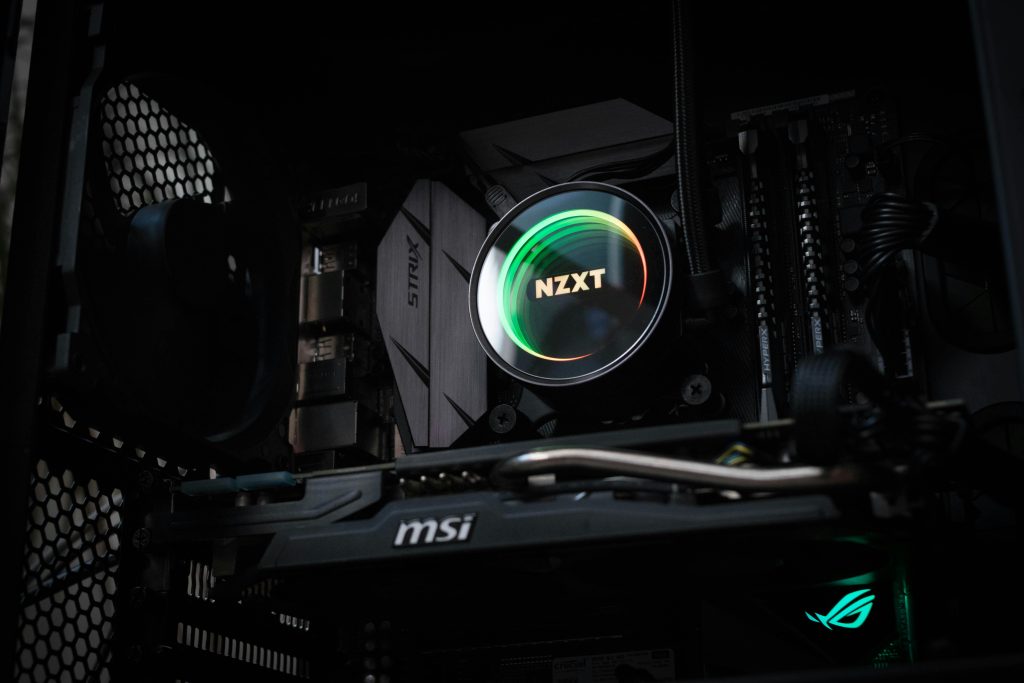Understanding and Troubleshooting Persistent Game Crashes Linked to Event ID 153 and NVIDIA Driver Errors
Introduction
Experiencing frequent game crashes can be incredibly frustrating, especially when multiple titles are affected simultaneously. When these crashes are accompanied by recurring error messages such as “Event ID 153 from source nvlddmkm cannot be found,” it indicates potential issues related to your graphics hardware or drivers. This article delves into common causes, troubleshooting steps, and potential solutions to resolve such problems, ensuring a smoother gaming experience.
Identifying the Issue
Symptoms:
– Multiple games crashing unexpectedly, often during gameplay or even at startup.
– Error messages in Event Viewer referencing “nvlddmkm” and Event ID 153.
– Crash dumps pointing to GPU-related errors or device suspension messages.
– No significant overheating or hardware stress detected during monitoring.
Possible Causes:
– Driver conflicts or corruption.
– GPU hardware issues or instability.
– Insufficient power delivery or thermal limits.
– Compatibility issues between Windows, drivers, and game engines.
– Potential malware or system file corruption.
Step-by-Step Troubleshooting
-
Verify and Update Graphics Drivers
-
Use Official Sources: Download drivers directly from NVIDIA’s website rather than third-party or outdated sources.
- Clean Installation: Use Display Driver Uninstaller (DDU) to thoroughly remove existing drivers before installing fresh versions.
-
Test Different Versions: While the latest drivers are recommended, stability might be better with a slightly older, proven version like 472.12 or 516.94, based on your GPU model.
-
Monitor Hardware Temperatures and Stability
-
Use Monitoring Tools: HWinfo, MSI Afterburner, or GPU-Z to track GPU, CPU, and motherboard temperatures during gaming sessions.
- Adjust Thermal Limits: If temperatures are high, consider improving airflow, replacing thermal paste, or lowering overclock settings.
-
Stress Testing: Run tools like FurMark or Heaven Benchmark to check GPU stability over extended periods.
-
Check Power Settings and Connections
-
Power Management: Set NVIDIA Power Management Mode to “Prefer Maximum Performance” in the Control Panel.
- PSU Adequacy: Ensure your power supply provides sufficient wattage and stable voltage for your system, especially the GPU.
-
Re-seat Hardware: Ensure the GPU is properly seated and all power connectors are secure.
-
Inspect and Test Hardware Components
-
RAM: Run Windows Memory Diagnostic or MemTest86 to verify RAM integrity.
- GPU: If possible, test with a different GPU to determine if
Share this content:



